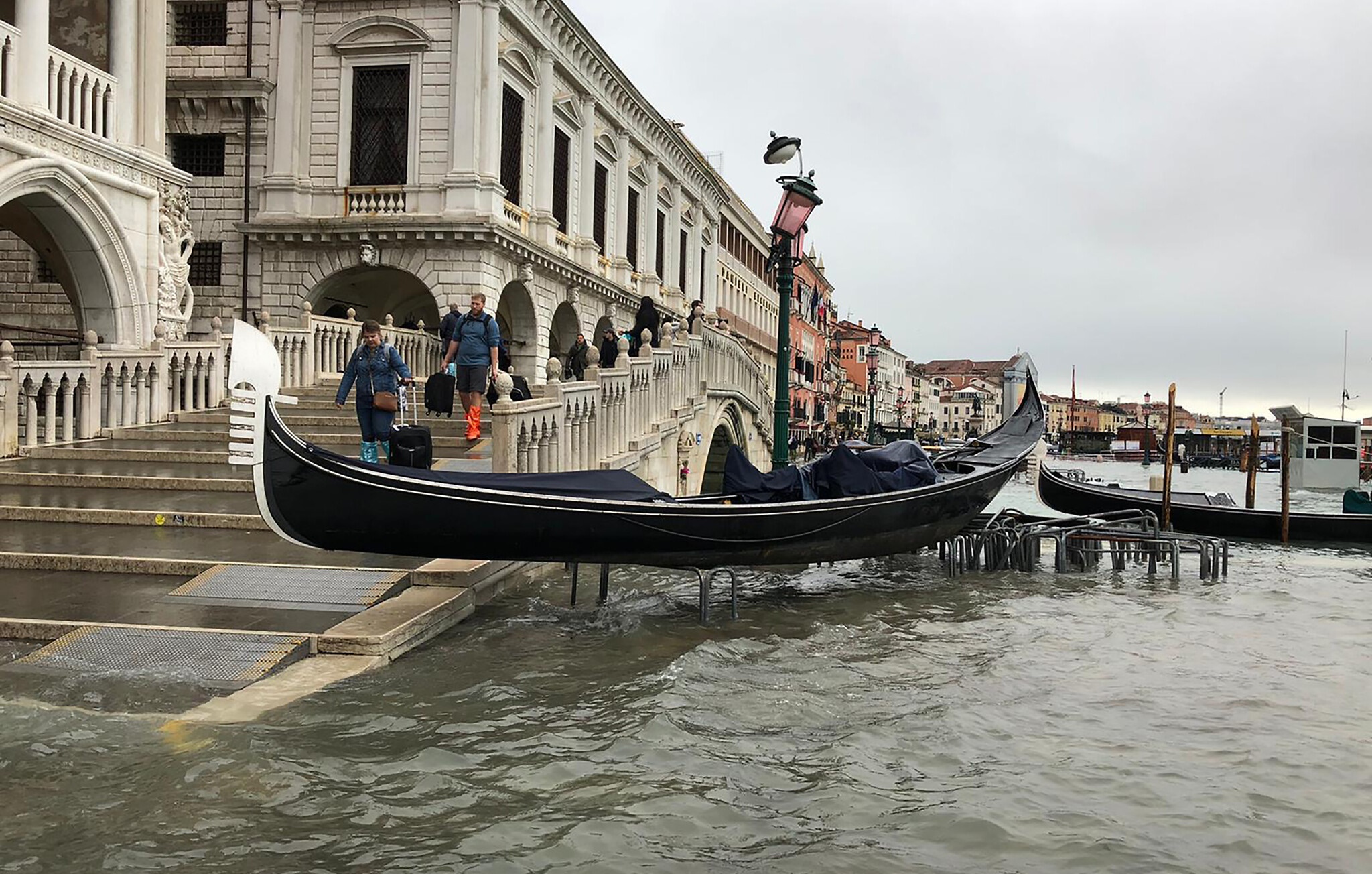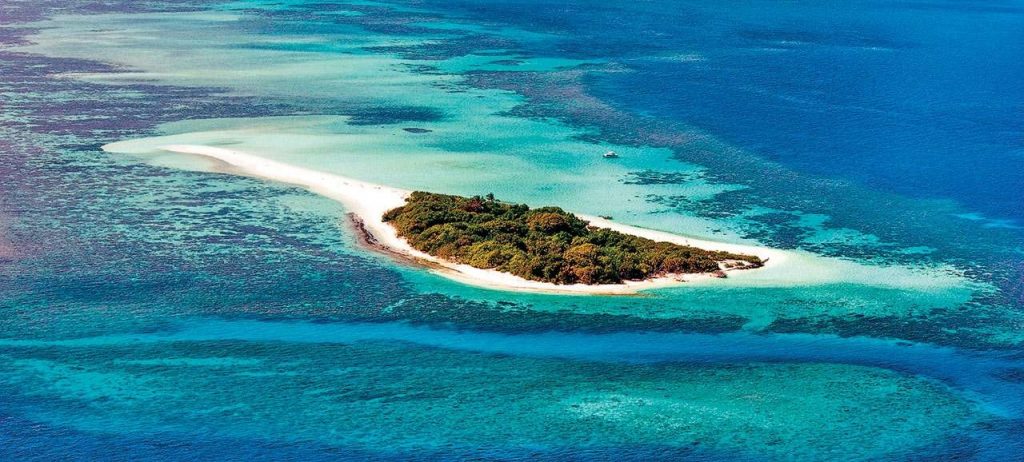The 8 best places to visit before they disappear

You might find it a bit harsh to talk about places to visit before they disappear, but the fact is that some very popular travel destinations are under threat.
Some of these are due to the problems arising from climate change, such as sea level rise, others are due to over-exploitation through tourism, degradation or industrialization.
If you want to visit some of these places, do it before it’s no longer possible. And remember, it’s better if you practice responsible tourism.
Venice, Italy
Italian authorities enforced a list of measures to keep cruise ships out of Venice. And that’s not surprising. The number of visitors who come to this magnificent city every year is 25 million, which has caused a veritable exodus. Today, Venice has only a third of the regular residents it had a century ago.
But that’s not the only reason why the Italian city tops the list of places to visit before they disappear. The ground on which Venice was built is so unstable that the houses and palaces that made it iconic are in danger of collapsing. And as if that weren’t enough, if the sea level rose just one meter, the city would be under water.
Maldives, Southeast Asia

Consisting of 26 islands, this archipelago is a magnet for travelers looking for luxury and exclusivity. However, money can’t buy everything, and the fact that most of the islands are only three feet above sea level means they are in constant danger of being submerged by the rising oceans.
Click for Maldives Tours with the best price guarantee
The Maldives government has already developed plans to evacuate its population and it is estimated that in less than a hundred years the paradisiacal landscapes of these dream islands will disappear and they will be uninhabitable by 2050.
Taj Mahal, India
The marble of India’s most famous monument is under great stress. The pollution from the vehicles driving in Agra is destroying it and the four million tourists who visit it are not helping to preserve it either. In addition, there is a problem with the foundation, which is slowly but steadily sliding towards the Yamuna River.
The residents of Agra can no longer visit the mausoleum because the entrance fees have increased. This is one of the measures the Indian government has taken to restrict visits, but even tougher measures are also being considered, such as setting up perimeter protection, as was done with Stonehenge at the time.
The Great Wall of China, China
How is it possible that the greatest structure mankind has ever built is on the list of places to visit before they disappear? Very easily. A third of its 2,000 kilometers lies in ruins as the bricks have been looted for other constructions. It is not easy to ensure the safety of a monument that could go through some countries, such as Spain, twice.
On the other hand, the large number of tourists visiting the Great Wall of China also contributes to its deterioration. We encourage you to visit the section built during the Ming Dynasty and that you do it responsibly.
Dead Sea, Israel

The cosmetics industry is primarily responsible for endangering the Dead Sea, the place with the most salt in the world. Both large international companies and small local companies are involved in the extraction of their minerals. If you think it’s impossible for industrial activity to annihilate the Dead Sea, then look at the pictures of the Hotel Zone. Facilities that used to be on the coast are now more than a kilometer from shore.
The lifespan that the scientific community gives to the Dead Sea, if mineral mining is not limited, is about 50 years.
Madagascar
Exploitation of forests and fires are the two main factors that explain the disappearance of lemurs. Poaching is also to blame. So, spotting these friendly animals in their natural habitat on a trip to Madagascar becomes more and more impossible with each passing day.
Kilimanjaro, Tanzania
The glaciers on this very high peak are disappearing due to climate change. In 2000, it was learned that the ice on its summit was no longer accumulating, and it was losing the white mantle that covered the dark layer of soil on Mount Kilimanjaro, a volcanic mountain. As a result, its temperature continues to rise.
As a result, the Kilimanjaro glaciers are expected to be gone in about fifteen years.
Congo River Basin, Central Africa
2040 is the estimated deadline. By then, we are expected to have lost two-thirds of the Congo Basin’s ecosystem. The region is home to the second largest rainforest in the world, surpassed only by the Amazon, which is also endangered. Around 8,000 square kilometers of it disappear every year, threatening the survival of species such as bonobos, okapis and elephants.

